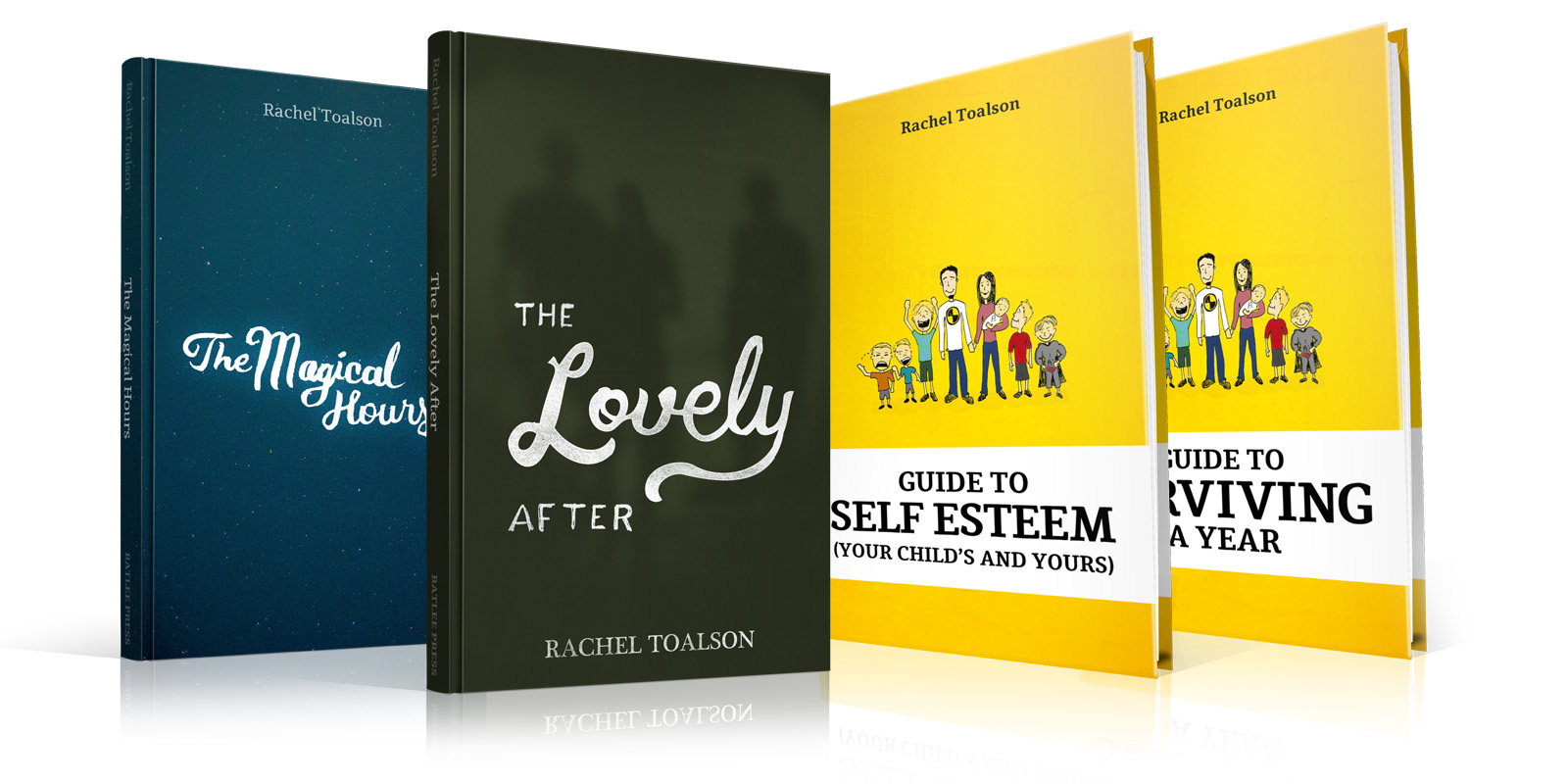Just a few days ago, I got a precious letter from a reader, thanking me for one of my essays. She found it because she was looking, because she’d just lost two babies, twins, and she needed some comfort.
I have written many versions of this story, about the daughter who died before I could meet her, because writing is my way of working through something hard and unthinkable and tragic. Writing is my way of finding my feet again.
The day they wheeled me into the operating room, where they sucked a dead baby from my uterus in the same way they take live ones from the women who don’t want them, I wrote the pain onto my phone until the anesthesia knocked me out. And then I started writing again as soon as I woke, when the agony of an empty womb ran red and bled through my fog.
I wrote in all the days after. All the months after. All the years after.
And now, three years later, there is a woman searching for comfort, and she finds my words, and she feels less alone in her sorrow, even though we are thousands of miles apart.
We count it all joy.
We count it all joy that a day as sorrowful as that one could do this: Heal another heart, or at least some small piece of it.
///
The year I turned eleven a letter came in the mail for my mother. It told her secrets she had known for years but didn’t dare believe, because even in the humiliation, even in the shame, even in the disappointment, she still loved.
The letter told a story of a man and a woman and a child and a baby on the way. It told the truth of heartache and betrayal. It told the future of a single mother.
She didn’t feel brave enough to become what the letter said she must, but she did. She filed for divorce and bought a house with the last of her savings and got a second job so she could raise her kids on her own.
It wasn’t all neat and pretty, because she was lonely and heartsick and sad, and sometimes it was near impossible to see a way out of the mess. But she put one foot in front of the other and marched on, like a heroic woman warrior, because she had three kids who needed food and shelter and both a mother and a father—and she would play the father for a time.
There came a woman, years later, who visited her Sunday school class, who broke into tears when the leader asked for prayer requests, who could barely say what she needed to say about leaving a husband and two kids to feed and not really knowing how or if she would make it on her own.
And my remarkable mother knew the answer to this woman’s wondering.
Yes, she said. Yes, you can make it. And here is how.
The real miracle of it is that my mother, in comforting another woman who had lived the same story, found her way fully into forgiveness.
We count it all joy.
///
It’s not easy, this counting it all joy—because there is a baby who died, and there is a husband who is husband no longer, and how can this dark night turn to sun-bright day?
Maybe it’s hard to see from the suffering side of it, that our pain will one day, months or years or decades from now, be used to comfort another ripped-in-two heart. Maybe it doesn’t seem fair that we would have to endure death and divorce and abandonment and shame and disappointment and fear and pain and anxiety and heartbreak so that one day down the road we can walk someone else through their own.
Maybe we wouldn’t choose it for ourselves, not in a million years.
But all those maybes don’t change the truth: that our sorrow places, those chasms cut with knives that plunge deep, are the very places we can be filled with the deepest joy. Of course it’s hard, and of course it’s unwanted, and of course we would never dream of asking for the opportunity to suffer, but this is life and this is unfair and this is what happens when we choose to risk and love and live.
In the sorrow places we learn how to live with our hearts wide open. Our lives wide open. Our selves wide open.
We learn how to count it all joy.
///
When my third son was born, our pediatrician, an amazing, empathic man, breezed into the room and shook my husband’s hand, pulling him into an embrace, because he was, genuinely, so excited that another Toalson boy had slipped into the world. And then, when the congratulations were done, he took out his devices to look over the baby.
The air in the room shifted when he listened to my boy’s heart. He tried to act like it wasn’t a big deal, but I could see the alarm in his eyes.
“It sounds like there’s a murmur,” he said, and he looked at my husband, not me, because he knew, he knew what those words would do to me. “It’s probably just one of the valves that hasn’t closed up yet. Sometimes that happens. It’ll likely correct itself.” He put his devices away and then said, like an afterthought, “Come see me in another week so we can make sure.”
It didn’t correct itself.
He referred us to a specialist, and it was two weeks of dreaming about a boy whose lips turned blue while I watched and there was absolutely nothing I could do about it. Two weeks of agony, waiting for that appointment, waiting for someone to tell me if something was wrong with my baby boy’s heart.
I would put my older boys down for their nap, and I would hold my newborn while I should have been sleeping, because sleep was the least important thing in the world if I had to say goodbye. I would pull him into bed with me at night, because I was so afraid it would be the last night. I would cook dinner, holding him in my arms, my tears dropping into the chicken noodle soup.
And then, finally, finally, finally, came the appointment. I took my infant into the room while my husband stayed with our other two sons in the decked-out waiting room full of toys. This was a heart doctor for children with heart defects. The waiting room was amazingly entertaining.
I sat beside the doctor and her assistant, who was there to hold down the babies who decided they didn’t want to do an echocardiogram. She warned me I might have to help hold him down, but my boy slept right through it.
He slept through a doctor pointing out all the perfection, running her finger along the lines of arteries that pumped and pulled blood. He slept through a mama sobbing because of the incredible, miraculous beating of a tiny little heart, pulsing on a screen, lighting up with red and blue, the colors of life. He slept through a mama sobbing harder, if possible, when the doctor said, “Perfectly healthy. Nothing to worry about here.”
“I’m sorry,” I kept saying. “I’m sorry. It’s just…”
I couldn’t even find the words for something so big and yet so small, but the doctor understood. Of course she did. She sees it all the time, these tiny veins and tiny organs and tiny perfection pieces keeping a baby alive. She patted me on the arm and sent me out the door with the words, “Go enjoy your healthy baby boy.”
And I did.
A year later, a friend’s daughter was born with what doctors suspected was a murmur. I knew what it was like. I knew the agony of waiting and the torture of anxiety and the way worry can take a whole birthing day and wring the life right out of it.
So I shared my story. I let her know she was not alone in her fear, that someone else had walked her shoes, that she was not forgotten or unseen but known in her suffering.
We count it all joy.
///
There is a catch here, too. Of course there is.
We can suffer in silence. We can crawl into our shells and pretend life is grand and we have not a care in the world, and we can show them that worry and anxiety and suffering do not touch us.
We can grieve secretly, alone, in our closed-off places.
It’s more comfortable there, because our shells are thick and dark and hidden, and “they” don’t have to know that we questioned the purpose of life when our baby died, and “they” don’t have to know that we worried we would not make it as a single mom of three kids, and “they” don’t have to know that we doubted the very existence of God in the moments we thought our boy could die.
Or we can set those secrets free. We can let our sorrow loose to light up the world, transform it completely. The beautiful piece of sorrow is that the darker it looks on this side of it, the brighter it turns on the got-through-it side.
How do we let loose our sorrow?
We share. We tell our stories. We carry on.
We’re not the first or the last to walk through this specific sorrow space, but it is only in our sharing that we see clearly that we are never alone. That we can bear each other’s burdens. That we can heal, together.
That we can count it all joy.
This is an excerpt from We Count it All Joy, a book of essays. For more of Rachel’s writings, visit her Reader Library page, where you can get a couple of books for free.
(Photo by Xan Griffin on Unsplash)


